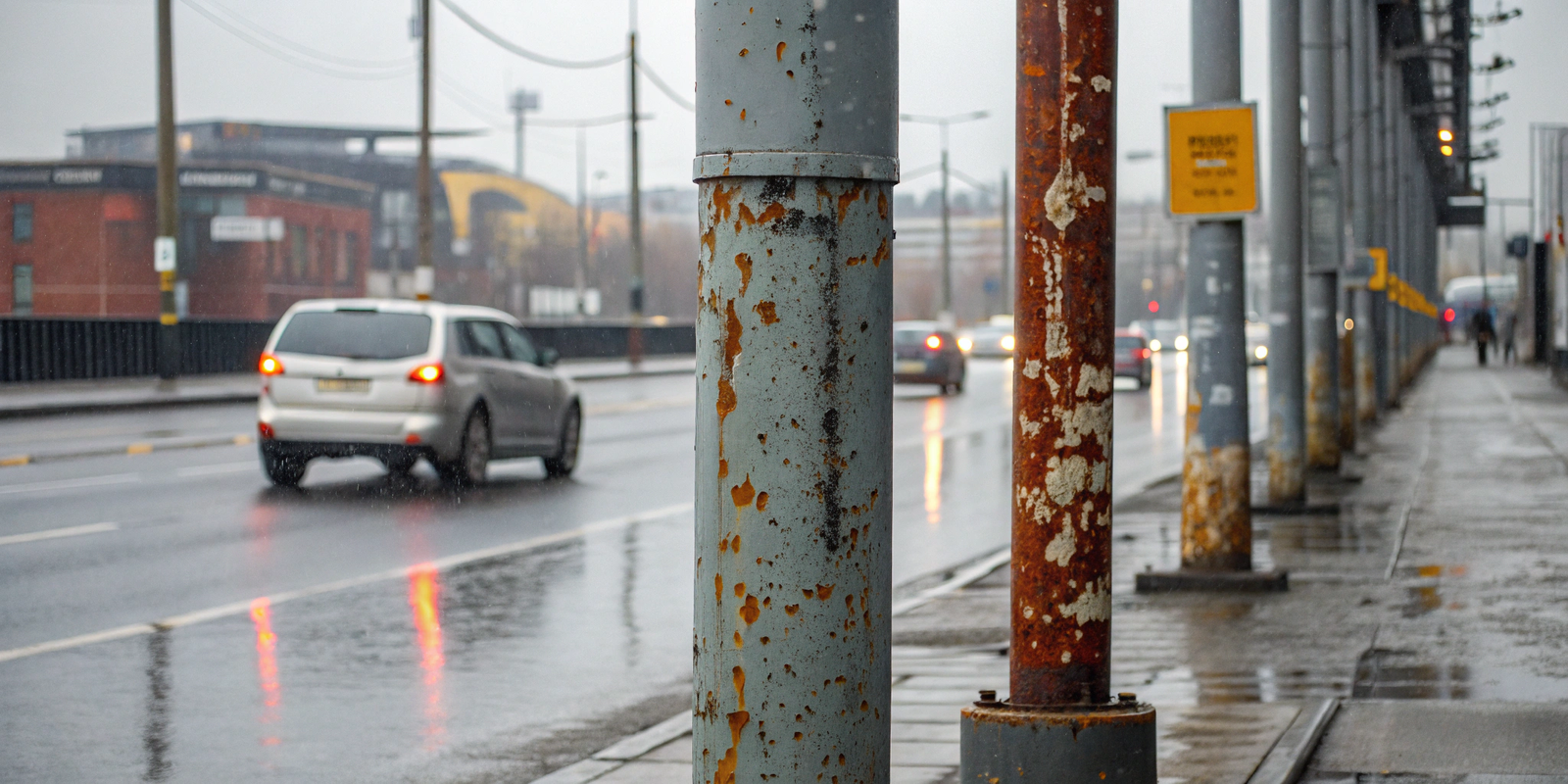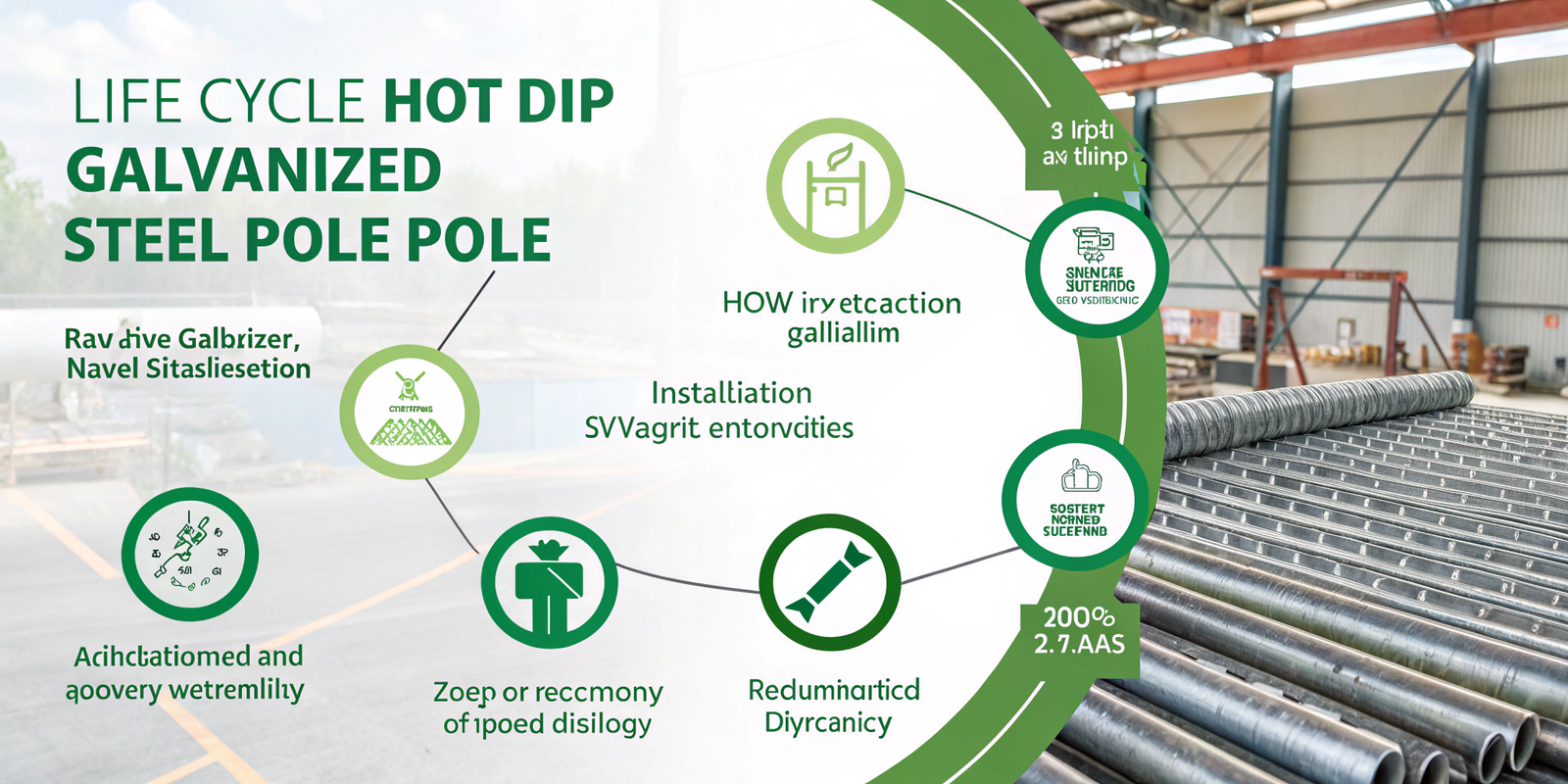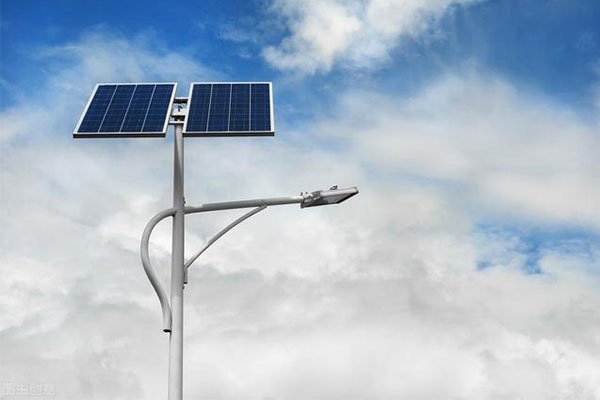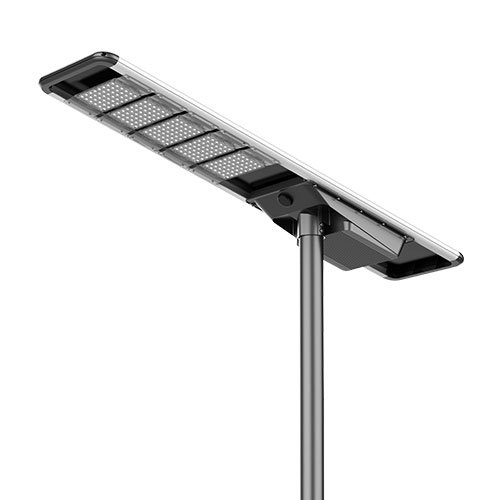Outdoor lighting structures face relentless challenges—moisture, pollution, and changing weather all threaten durability and safety.
Hot-dip galvanizing offers unmatched corrosion resistance, full-surface protection, and long-term savings—making it the best solution for tough lighting environments.
If you're investing in light poles, especially for industrial, municipal, or coastal projects, this guide will help you understand why hot-dip galvanizing is the smartest choice.
Why Is Corrosion Resistance Crucial for Light Poles?
Street poles stand outdoors for years—exposed to rain, sun, chemicals, and wind. Over time, that wears down even the strongest metal.
Hot-dip galvanizing protects poles from rust, decay, and environmental damage—helping them last longer with fewer repairs.
Light poles made from untreated or poorly protected steel often show signs of rust within months. This corrosion weakens structural integrity and increases safety risks. In places like mining sites or highways, the risk is even greater due to higher humidity or pollutants.
Industries that demand long-life, low-maintenance solutions include:
- Public infrastructure
- Industrial plants
- Coastal resorts
- Construction and mining
Hot-dip galvanizing is the go-to method for meeting these tough demands. But how does it work?
Understanding Hot-Dip Galvanizing
Hot-dip galvanizing isn't just a surface treatment—it's a metallurgical process. But what exactly happens?
Hot-dip galvanizing involves dipping steel into molten zinc, forming a bonded, protective layer that resists corrosion far better than paint or plating.
How It Works:
- Cleaning – The pole is degreased, pickled in acid, and rinsed to remove impurities.
- Fluxing – A zinc ammonium chloride solution prepares the steel surface.
- Dipping – The pole is submerged in molten zinc at ~450°C.
- Cooling – The zinc reacts with the steel to form a protective coating.
Metallurgical Bond:
This isn’t a coating that can peel off. It’s a zinc-steel alloy layer that’s chemically bonded. That’s what makes hot-dip galvanized poles so durable, even when scratched or dented.
Compared to Other Methods:
| Method | Protection | Lifespan | Bond Strength | Surface Coverage |
|---|---|---|---|---|
| Hot-Dip Galvanizing | Full | 30–75 years | Metallurgical | Total (inside & out) |
| Electro-Galvanizing | Thin | 5–10 years | Weak | Limited |
| Paint | Surface only | 3–5 years | Weak | Surface only |
| Powder Coating | Cosmetic | 5–10 years | Medium | Exterior only |
Hot-dip galvanizing wins on durability, coverage, and long-term value.
Key Benefits of Hot-Dip Galvanizing for Light Poles
Galvanized poles aren't just protected—they're better in every way.
From coastlines to highways, hot-dip galvanized poles offer unmatched resistance to rust, lower maintenance costs, and reliable, long-term strength.
1. Superior Corrosion Resistance
Zinc naturally resists weather, moisture, and chemicals. Galvanized coatings protect poles for decades, even in:
- Coastal zones
- Acid rain environments
- Industrial zones
2. Long-Term Durability
Hot-dip galvanized poles last 30–75 years depending on climate. This drastically reduces the need for frequent replacement.
3. Cost-Effectiveness
While galvanizing may cost slightly more upfront than paint, it eliminates repainting, repair, and early replacement costs.
Example Cost Comparison (10-Year Period):
| Coating | Initial Cost | Maintenance Cost | Total |
|---|---|---|---|
| Paint | $100 | $300 (repaint every 2 years) | $400 |
| Hot-Dip Galvanizing | $150 | $0 | $150 |
4. Complete Surface Coverage
The zinc coating flows over all surfaces—including edges, welds, and interior parts. Paint and spray methods often miss these.
5. Easy Inspection & Maintenance
Galvanized coatings wear down predictably. Inspections are visual—no testing devices needed. If damaged, repairs are easy with zinc-rich paints.
Comparative Analysis: Hot-Dip Galvanizing vs. Other Methods
You might be wondering: why not just paint or powder-coat a light pole?
Hot-dip galvanizing outperforms paint, powder, and electro-galvanizing in all key areas—especially in harsh conditions.

Performance Comparison Table:
| Criteria | Hot-Dip Galvanizing | Paint | Powder Coating | Electro-Galvanizing |
|---|---|---|---|---|
| Lifespan | 30–75 years | 3–5 years | 5–10 years | 5–10 years |
| Rust Protection | Excellent | Poor | Moderate | Moderate |
| Bond Strength | High (alloy bond) | Low | Medium | Low |
| Interior Coverage | Yes | No | No | No |
| Maintenance | Rare | Frequent | Moderate | Frequent |
Real-World Insight:
We once had a client in Ghana replace 600 powder-coated poles in under 4 years due to severe rust. Switching to hot-dip galvanized poles cut their maintenance budget in half.
Applications and Industry Use Cases
Where should galvanized light poles be used? Almost everywhere—but especially where long-term exposure to the elements is a concern.
Hot-dip galvanized poles are trusted by governments, builders, and industrial firms for their reliability, longevity, and low maintenance.
Top Use Cases:
- Highways and Streets: Withstand road salt, rain, and wear
- Parks and Public Spaces: Safe and aesthetic long-term
- Industrial Plants: Resistant to chemical exposure
- Mining Sites: Durable in corrosive and dusty environments
- Coastal Areas: Prevent salt-induced corrosion
Poles used for solar street lighting especially benefit. The zinc layer protects not just from rain, but also UV degradation, making it a perfect match for outdoor solar setups.
Environmental and Sustainability Considerations
Many buyers now ask: is galvanizing eco-friendly?
Hot-dip galvanized steel is 100% recyclable, and the process meets strict environmental standards in most countries.

Sustainability Points:
- Zinc is naturally abundant and recyclable
- Steel poles can be reused or repurposed
- Galvanizing avoids frequent repainting, reducing VOC emissions
- Complies with EU RoHS and other environmental regulations
Compared to alternatives that require harsh chemicals or frequent recoating, galvanizing is the cleaner, longer-lasting choice.
Conclusion: Making the Right Choice for Durable Lighting Solutions
Hot-dip galvanizing is more than a protective coating—it’s a long-term investment in quality, safety, and performance. For light poles, especially in outdoor and demanding environments, there is no better solution.
Choose galvanized poles for lower costs, fewer failures, and peace of mind over decades—not just a few seasons.
Frequently Asked Questions (FAQs)
What is the expected lifespan of a hot-dip galvanized light pole?
Typically 30–75 years, depending on location and exposure.
How does hot-dip galvanizing compare in cost to other methods?
It may cost more upfront than paint, but it's far cheaper over the product lifecycle.
Can hot-dip galvanized poles be painted or coated further?
Yes. Painting over galvanized surfaces (after proper preparation) offers extra protection or aesthetic customization.
What maintenance is required for galvanized light poles?
Minimal. Visual inspections every few years and occasional spot touch-ups if damaged.
Are there size limitations for poles that can be hot-dip galvanized?
No, but the size is limited by the dimensions of the galvanizing tank. Most standard poles are well within size limits.







